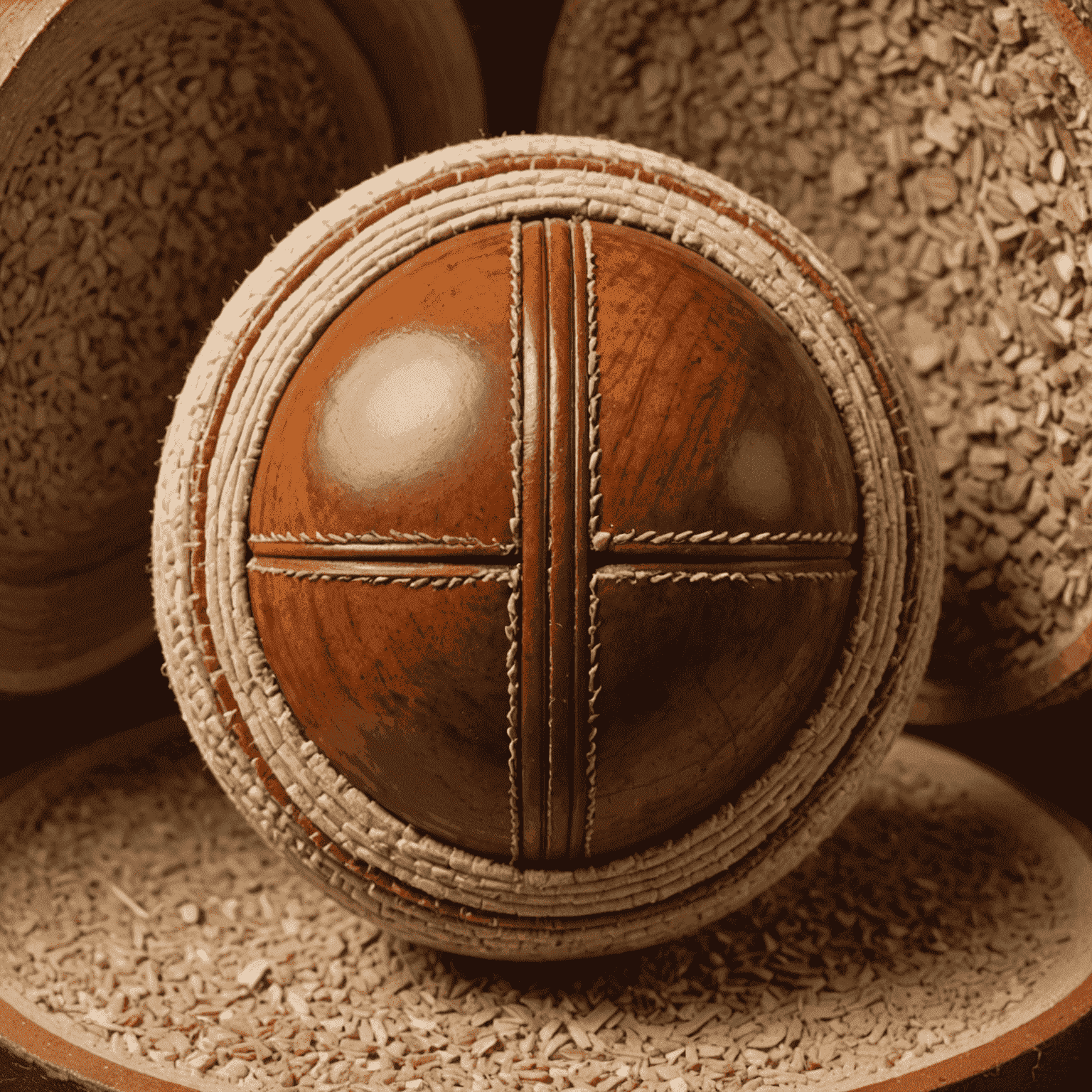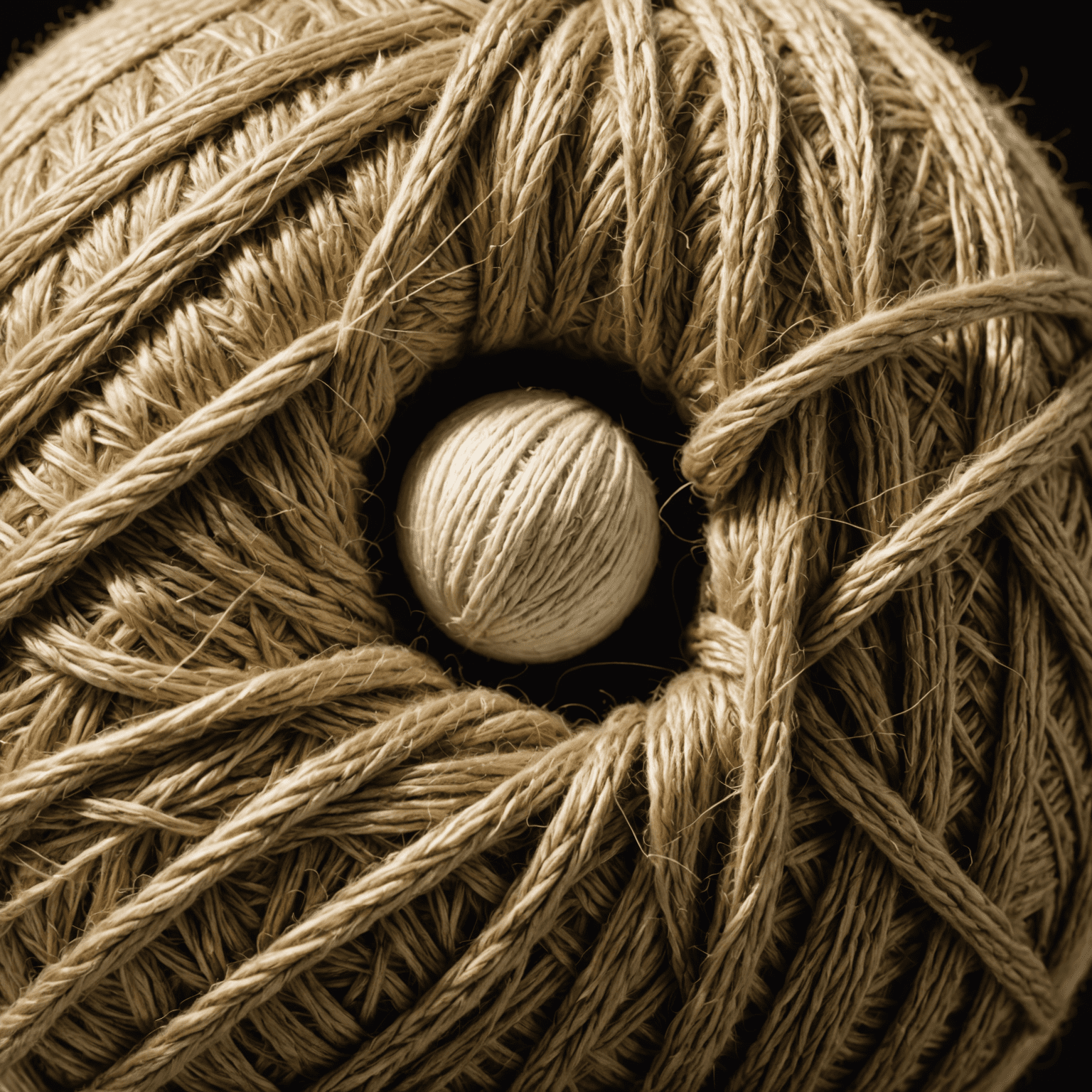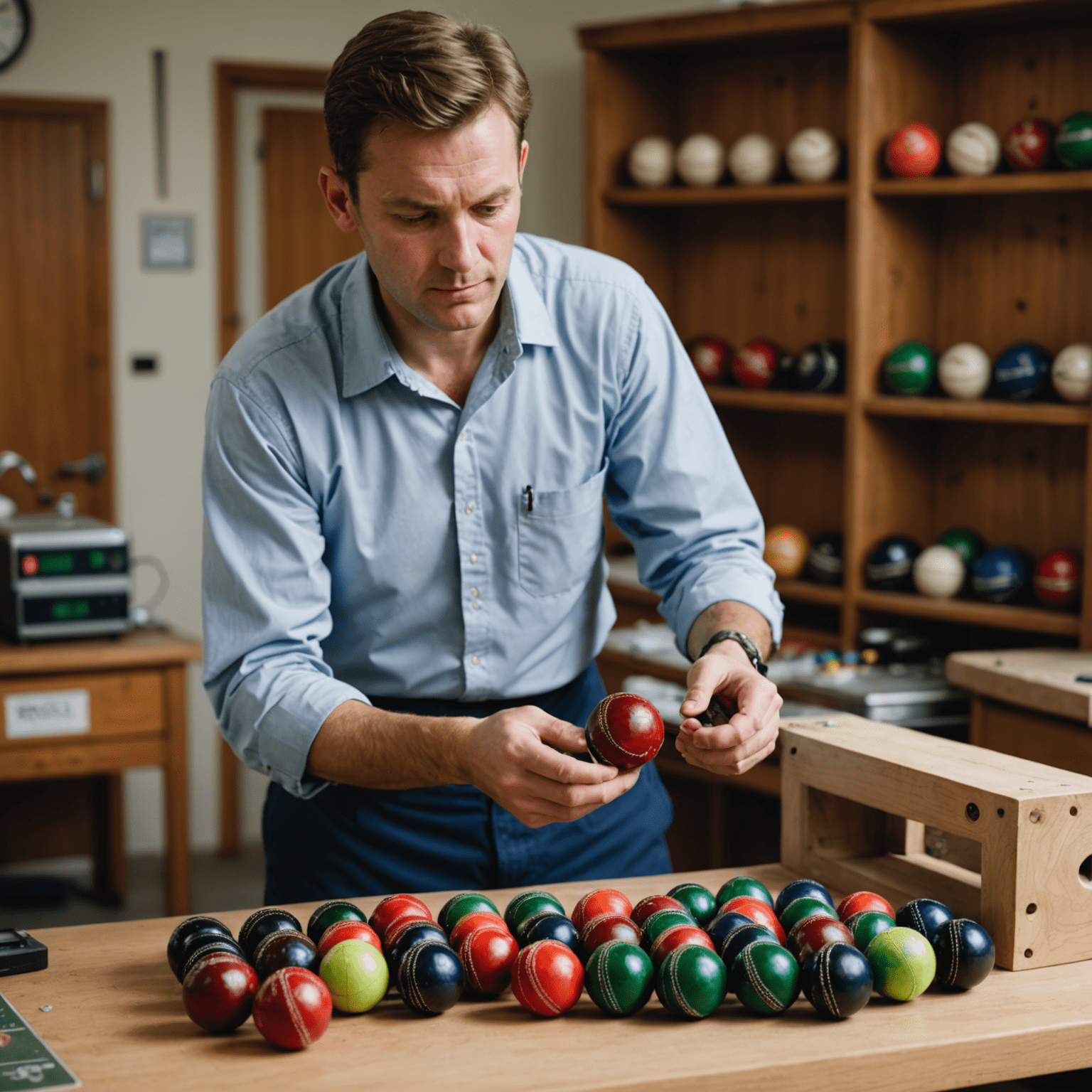Cricket Ball Manufacturing: From Core to Cover

The intricate process of cricket ball production plays a crucial role in determining how the ball moves during play. Understanding this manufacturing process can provide insights into the science of ball movement, including spin, swing, and seam.
The Core: Heart of the Ball
At the center of every cricket ball lies a cork core. This core is carefully shaped and sized to provide the right weight and bounce characteristics. The density and composition of the cork directly influence the ball's behavior upon impact with the bat or the pitch.
Layering: Building the Ball's Body
Around the cork core, layers of tightly wound wool are added. These layers contribute to the ball's weight distribution and overall feel. The tension and direction of the wool winding can affect the ball's stability in flight and its response to different bowling techniques.

The Cover: Where Physics Meets Craftsmanship
The final and most crucial layer is the leather cover. Typically made from four pieces of leather, the cover is stitched together to form the distinctive seam. The quality of the leather, its treatment, and the precision of the stitching all play vital roles in how the ball interacts with the air and the pitch.
Impact on Ball Movement:
- Spin: The leather's texture and the prominent seam allow bowlers to impart spin on the ball. The roughness of the leather interacts with the air, creating pressure differences that cause the ball to deviate in flight.
- Swing: As the ball ages and one side becomes rougher, it can create asymmetric air flow, leading to swing. The precise leather treatment and initial smoothness are crucial for this effect.
- Seam: The raised seam not only assists in gripping the ball but also creates turbulence in the air flow. When the seam is angled, it can cause the ball to deviate off the pitch after bouncing.
Understanding the nuances of cricket ball manufacturing provides valuable insights into the physics of ball movement. Bowlers who grasp these concepts can better manipulate the ball, while batsmen can anticipate and respond to various deliveries more effectively.
Quality Control and Regulations
Cricket balls must meet strict specifications set by cricket governing bodies. Factors such as weight, circumference, and bounce characteristics are carefully controlled. This ensures consistency in play and maintains the delicate balance between bat and ball that makes cricket such a fascinating sport.

As the science of cricket evolves, so too does our understanding of ball manufacturing. Ongoing research into materials and production techniques continues to refine the art of cricket ball making, always with an eye towards preserving the traditions of the game while embracing innovation.